LONDON — With the death of Queen Elizabeth II and the accession of Prince Charles III, one era has ended and a second has begun for millions of Britons.
During this time of mourning, reflection and unease about the future, NBC News teams traveled across across the country to see how the new king’s subjects felt after the death of his mother.
Below are a selection of their comments.
St. James’s Palace, London
King Charles’ already undisputed claim to the throne got the royal rubber stamp when what’s known as the Accession Council proclaimed the eldest son of Queen Elizabeth II the new monarch on Saturday.
Ahead of the ceremony, crowds gathered outside St. James’s Palace to bear witness to the fanfare and the fusillades that followed the proclamation.
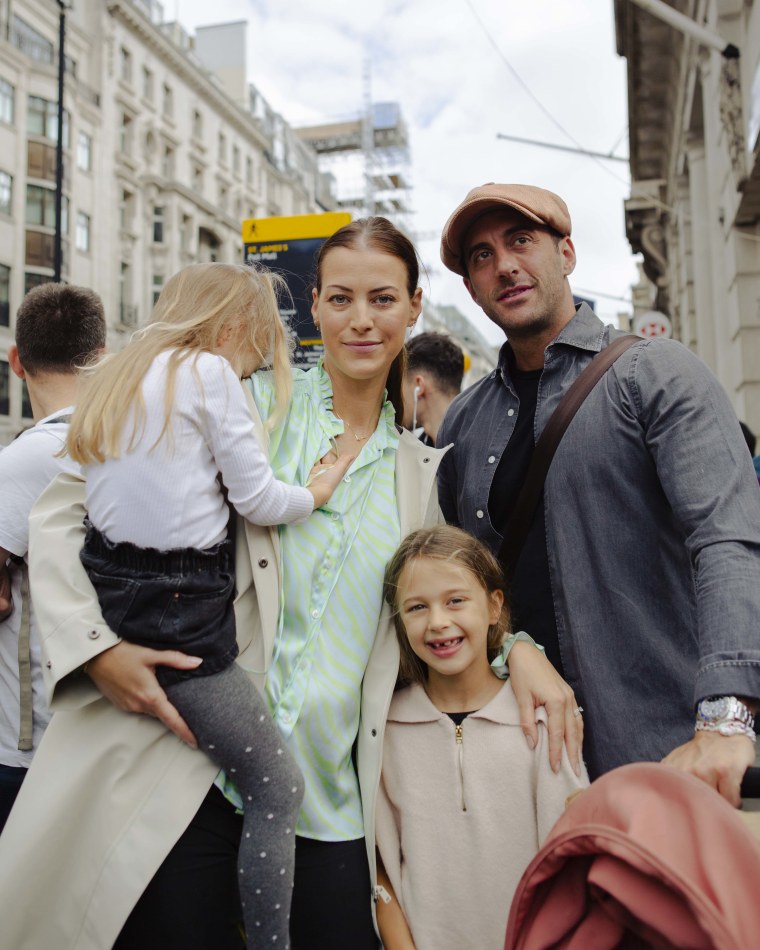
Among them were Sasza Bandiera, 37, and Rochelle Bandiera, 36, who brought their 6- and 4-year-old daughters to witness the historic event.
Rochelle Bandiera, a stay-at-home mother, said she was 11 years old when her parents took her to Kensington Palace after Princess Diana died. She wanted her daughters to have a similar memory of this historic moment and intends to lay flowers in the same spot for Queen Elizabeth.
“I still remember the smell of flowers and lots of people crying,” she said, while holding her 4-year-old daughter, Tallulah, on her shoulders. “I want [my daughters] to remember this day.”
“It’s a patriotic thing to do,” her husband said. “It’s the right thing to do.”
“They very much regarded the queen as a local, and the royal family as part of their home.”
Robert McGregor in Balmoral said
Sasza Bandiera, the managing director of a local recruitment agency, said that he remained “indifferent” to King Charles: “I don’t really know what the change will be or how it will look.”
“He’s a bit old school,” interjected Rochelle.
Among the first to line up in the viewing area outside St. James’s Palace were Astrid Jacobs, Virginia Forbes and Penny McDermid. The three woman did not know one another but became fast friends as they waited for King Charles, members of the Privy Council and ambassadors to Commonwealth countries to arrive.
Graphic: The British royal family tree and line of succession
“It’s a very traditional part of what happens next. A lot of people don’t actually know about it,” said Jacobs, who made the 60-mile journey to London from her home in Cambridge shortly after the announcement of the queen’s death.
“It’s a mixed time I find, emotionally,” she said. “You’re trying to reconcile the future with the pain that you’re feeling at her loss. I wasn’t prepared.”
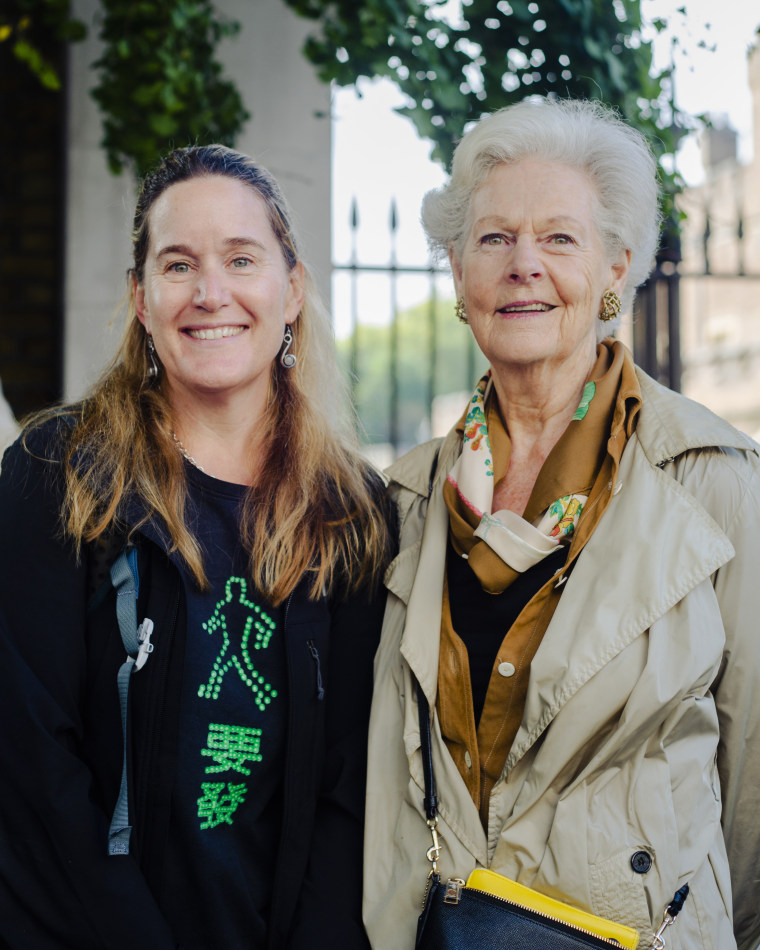
Jacobs last saw the queen at her 70th Jubilee in June. She recalls a “silent understanding” spreading throughout the crowd that it would be her last public appearance.
Forbes, also a Cambridge resident, said she was inspired by the international outpouring of love and support for the queen.
“It’s extraordinary in this age of cynicism and social media what’s come out,” she said.
McDermid, of London, said she felt an overwhelming sense of hope for the country’s future but acknowledged that the queen is a “tough act to follow.”
“She almost never put a foot wrong, was not a political figure, was basically universally loved,” she said. “It’s going to be very hard to live up to that.”
Of King Charles, McDermid said she felt a kind of sympathy for him and the rest of the royal family members, who must continue with official business despite mourning the loss of their matriarch. She also questions his staying power as the oldest monarch to ascend.
“He is up the task but it’s unfortunate he’s so old,” she said.
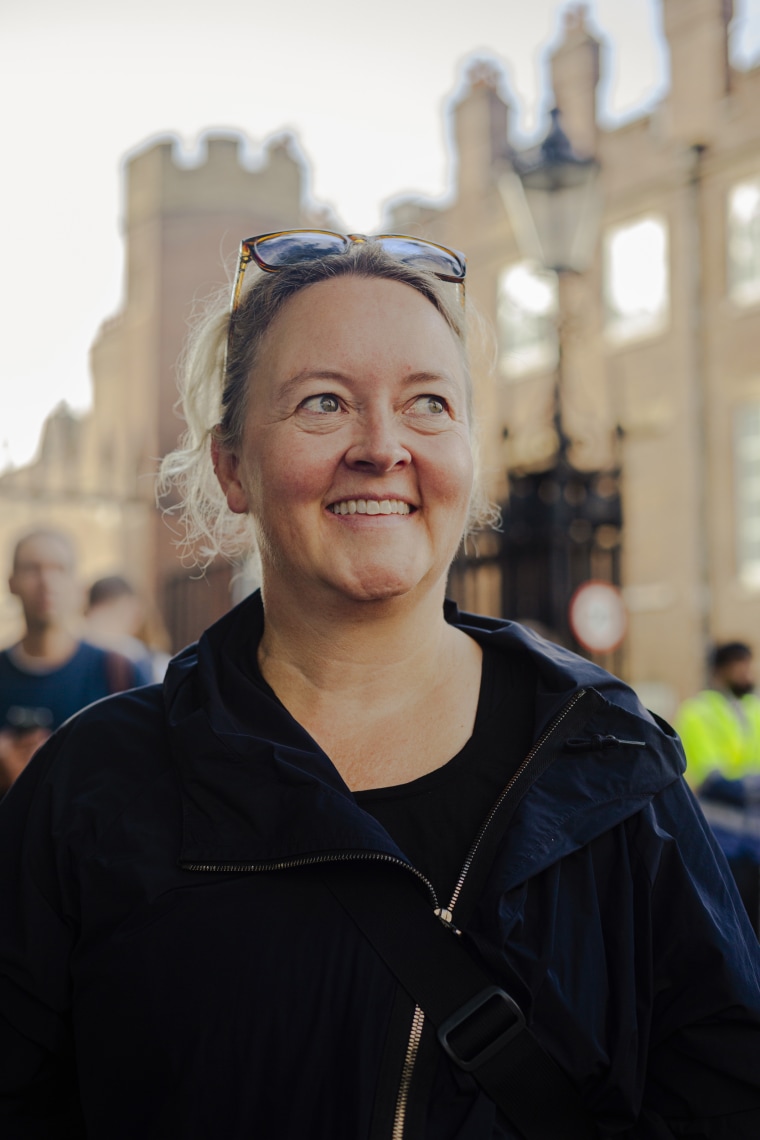
Balmoral, Scotland
For Scots living in rural Aberdeenshire, the queen’s death at Balmoral Castle was like “the death of a significant community member and a family member,” according to Robert McGregor, a transport officer at Aberdeen City Council, the local government.
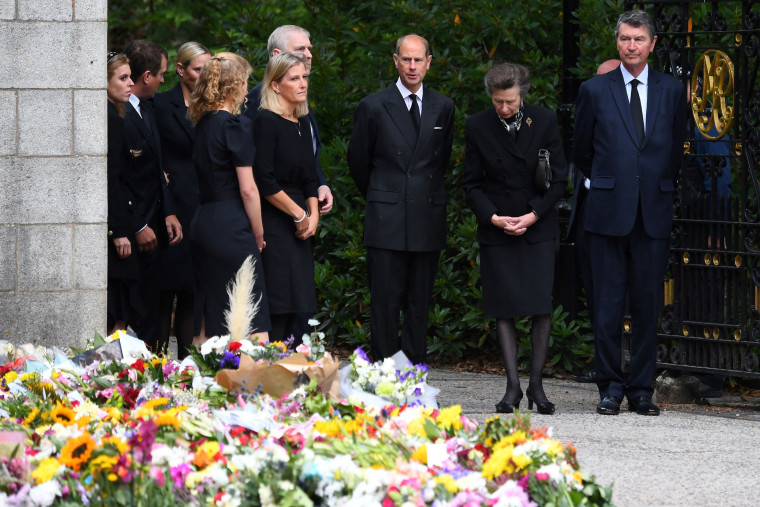
McGregor said he had been responsible for organizing fleets of double-decker buses ferrying hundreds of mourners from nearby towns such as Ballater and Braemar.
The 50,000-acre estate, 70 miles north of the Scottish capital, Edinburgh, was one of the queen’s favorite residences, a place where she could enjoy long walks and other outdoor pursuits with her iconic corgis.
“We’ve got people from across Scotland and indeed across the world, but the vast majority of people I’ve spoken to are people from the local area,” McGregor said. “They very much regarded the queen as a local, and the royal family as part of their home.”
Edinburgh, Scotland
Over the next few days, the queen’s body will be transported from Balmoral Castle to Edinburgh. Once there, it will go to Holyroodhouse, the monarch’s official residence in Scotland, before being taken in a procession down the city’s Royal Mile to lie in state at St. Giles’ Cathedral, where the public can view the coffin for 24 hours.
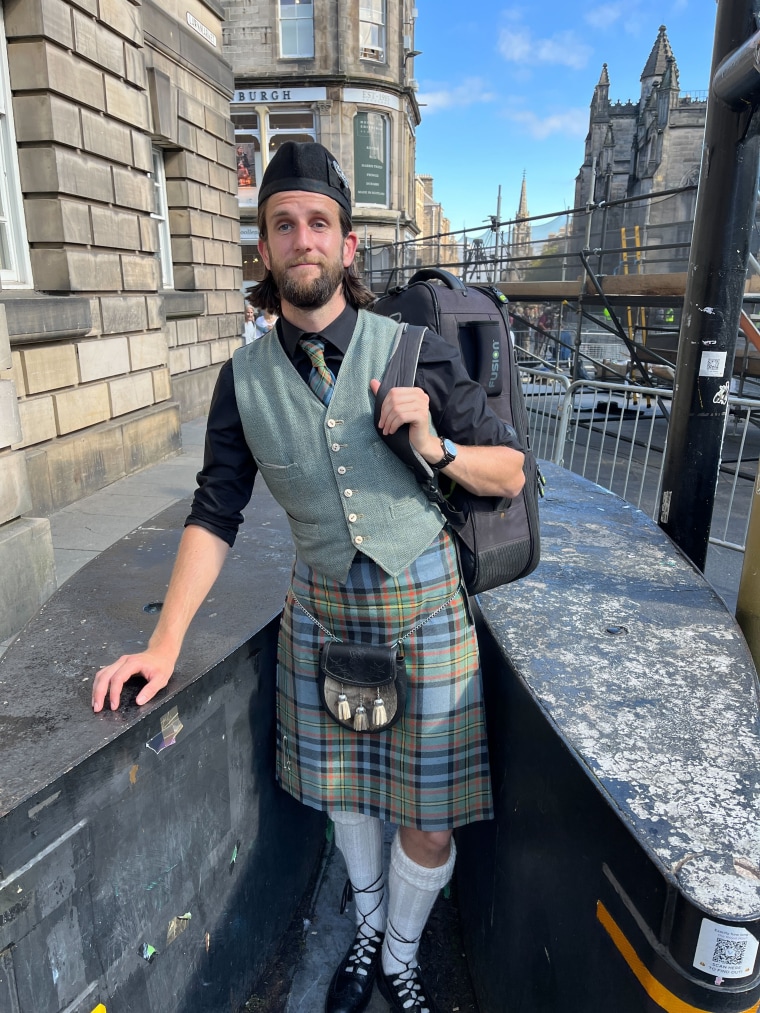
That’s not to say the royals are universally — or even widely — loved up here. A poll by British Future, a think tank, found earlier this year that 58% of Britons wanted to keep the monarchy, but that number dropped to 45% when only Scotland was included.
“I don’t dislike the people but the idea of an unelected head of state, who is publicly funded, is getting harder and harder to justify,” said Cailean Gillies, 33, who was dressed in tartan and busking with his bagpipes opposite the cathedral. “That sentiment is probably quite strong within a certain contingent in Scotland, particularly among the independence movement.”
Of course, thousands of people are expected to turn out to pay their respects as the late queen makes her final journey back to London.
“We are going to try to get onto the Royal Mile and into the cathedral if we can, but the crowds will be humongous,” said Andrew Golds, 51, who works in technology and is on vacation from Derby, England, with his partner, Elaine Coyle, also 51. “It’s been an emotional week. I’m over 50 and the queen is the only royal I’ve known. She was a role model for all humanity, and this is the last time we’ll get to pay our respects, now she’s gone.”
Windsor, England
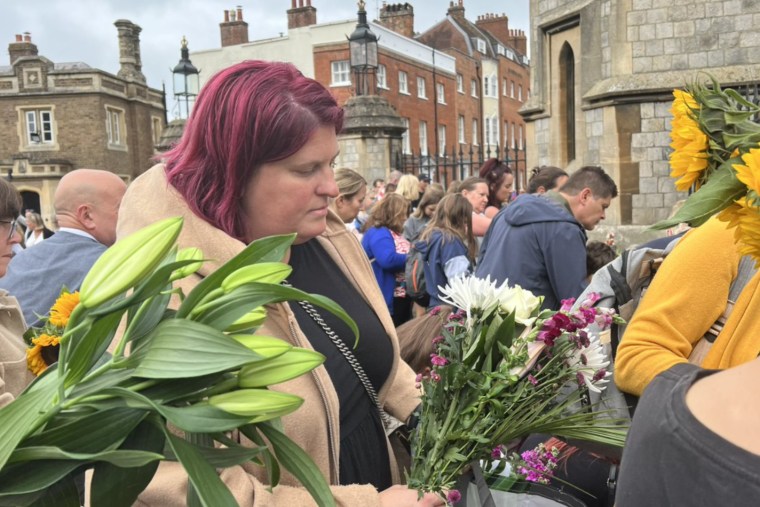
Carrie Titterrell, 38, says she was “fortunate” to have met the queen earlier this year when she worked as a caterer on the set of the video of the monarch with Paddington Bear, recorded for her Platinum Jubilee.
Titterrell said she hadn’t spoken directly with the queen but they did meet briefly at the time.
“It was fascinating and a real privilege,” said Titterrell, who went to Windsor Castle with her husband and kids.
It was important to pay tribute to the queen, she said.
Not everybody in Windsor is banking on the royals. Ramin Cheruckal, 38, owner of the Purple Gifts souvenir shop, said he has no plans to stock King Charles III merchandise because the items related to the late queen’s son have not been popular in the past.
Instead, he said he expected Queen Elizabeth II memorabilia will be the centerpiece of his business for years to come.
Source: | This article originally belongs to Nbcnews.com









